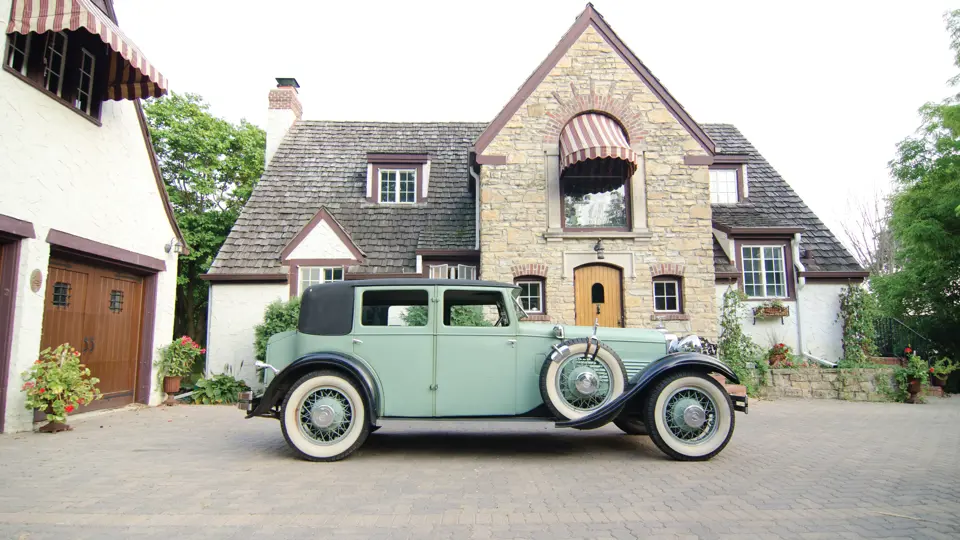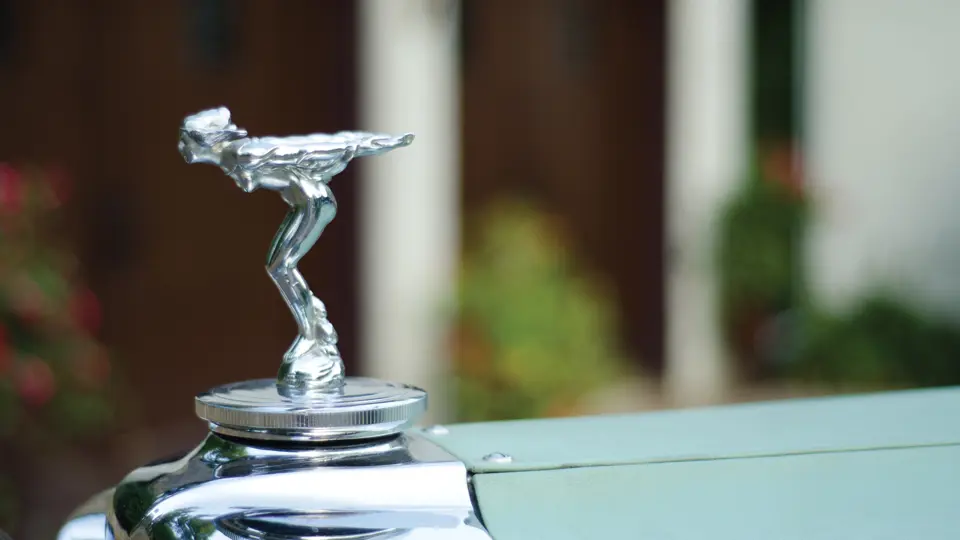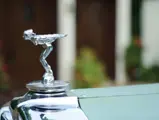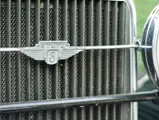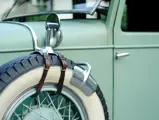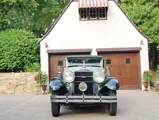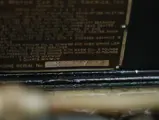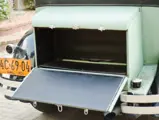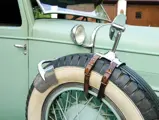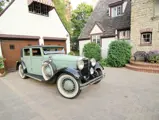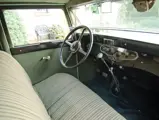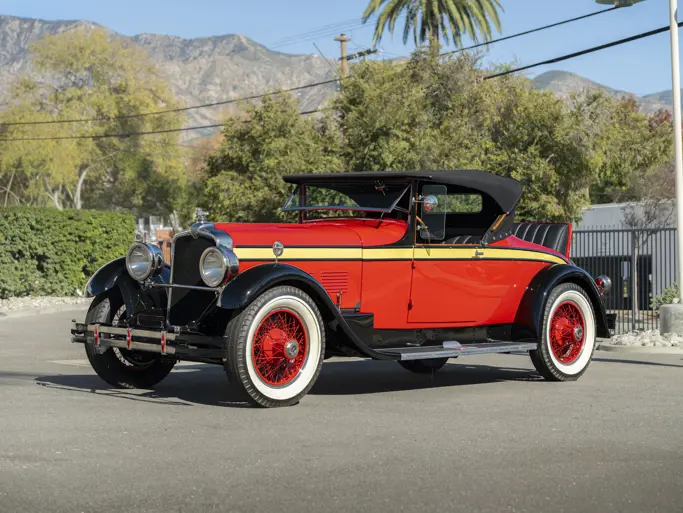113 bhp, 322 cu. in. single overhead-camshaft inline eight-cylinder engine, three-speed manual transmission, solid axle front and rear suspension with semi-elliptic leaf springs, and vacuum-assisted four-wheel hydraulic brakes. Wheelbase: 145 in.
If one ventured onto a racing circuit in the late 1920s, especially in Europe, there was not a lot of shiny paint to be seen. Fabric bodies, developed by Frenchman Charles Weymann, were all the rage. Replacing clunky, cranky metal panels with sheets of padded fabric, usually Zapon imitation leather, over cotton-padded wood created an automobile with a unique matte finish that was somewhat soft to the touch. Weymann patent bodywork was durable and quiet. More importantly, it was lightweight, and that meant that cars equipped with it were rapid indeed.
Stutzes were popular in Europe, and the American automaker realized the value that European styling flair would add to its products on both sides of the Atlantic. As a result, in the late 1920s, the Weymann American Body Company, which was a Stutz neighbor in Indianapolis, began to produce the so-called “Chateau Series” of closed fabric bodies for Stutz chassis, with each carrying distinctive model names that were inspired by the ritziest Riviera locales. Stutz described the Chateau Series bodies as “a strictly European offering, [with] contours formerly associated only with Bentley, British Rolls Royce, and Hispano, [and] interiors that carry no strangeness to the inner circle of continental nobility and society.” Another advertisement memorably described the squeak-proof coachwork as “guiltless of rattle.”
The Model MB offered here sports Weymann’s Versailles body, which is a four-door fabric sports sedan that does, indeed, appear very European. This car is one of six cars that are believed to have been built with this body, but only three of them are known to the Stutz Club. It is essentially original and unrestored, with the exception of interior fabric that was replaced long ago. The body still wears what is believed to be its original Zapon, in excellent condition, as well as the original paint on the fenders. Acquired in Pennsylvania by the present owner in 2005, the Stutz made a command appearance at the 2007 Milwaukee Masterpiece, where it was awarded Second in Class and its originality and rare body style entranced the Stutz enthusiasts present.
Combining the best of European flair, American engineering brilliance, and good old-fashioned preservation, this Stutz would be at home in any collection of prized American Classics.
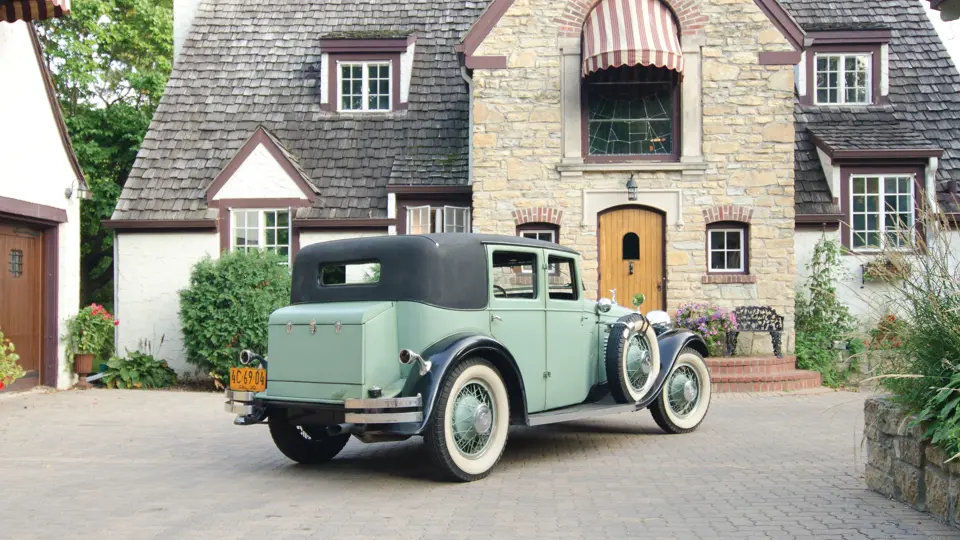
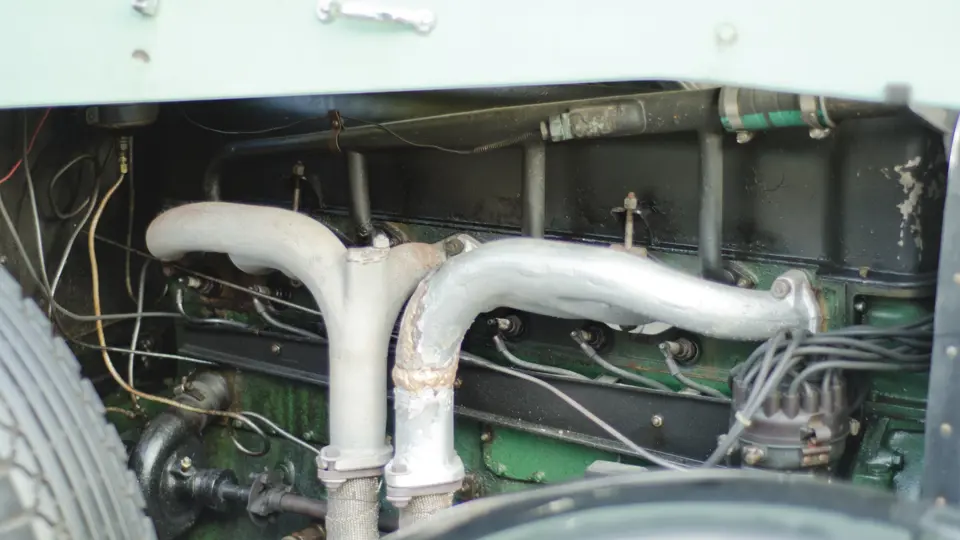


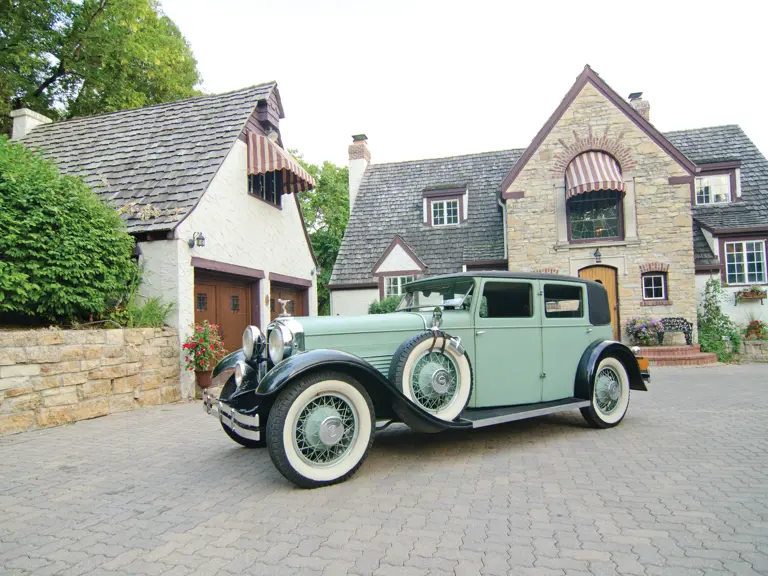
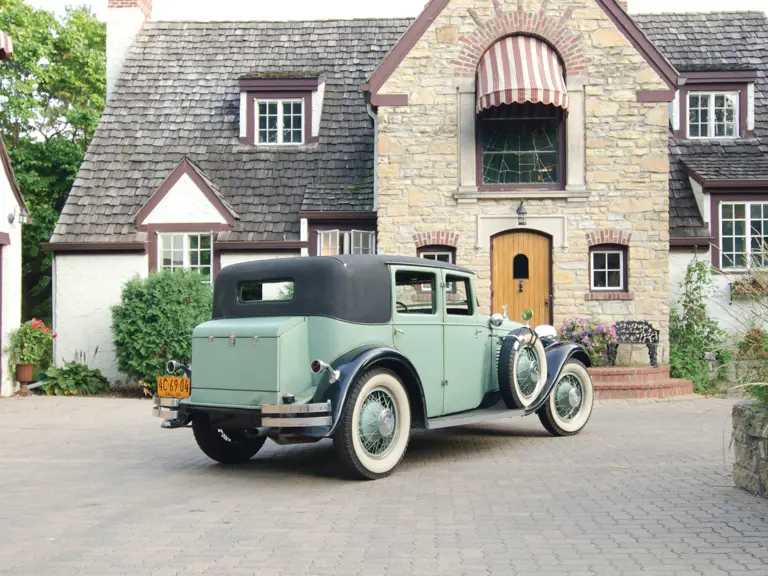
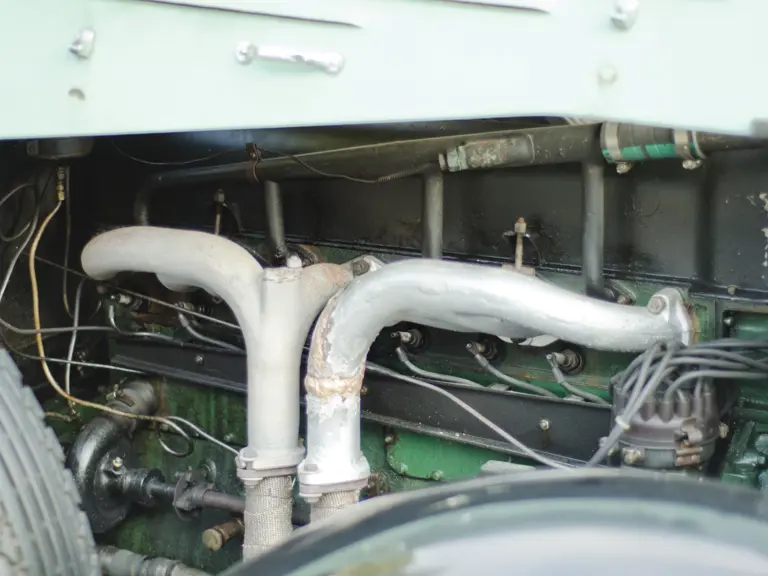
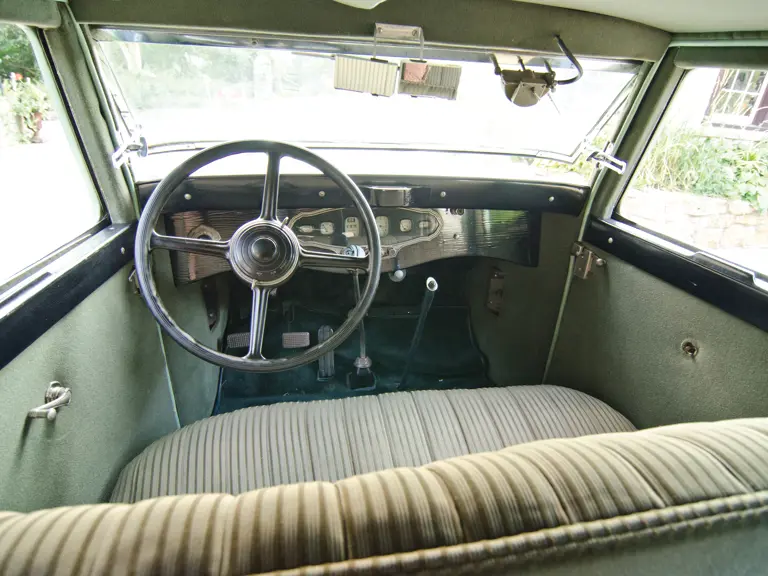

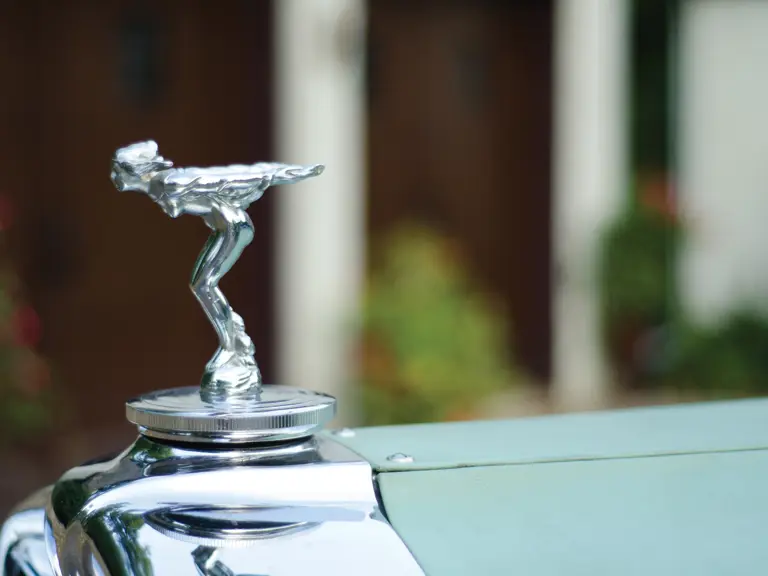
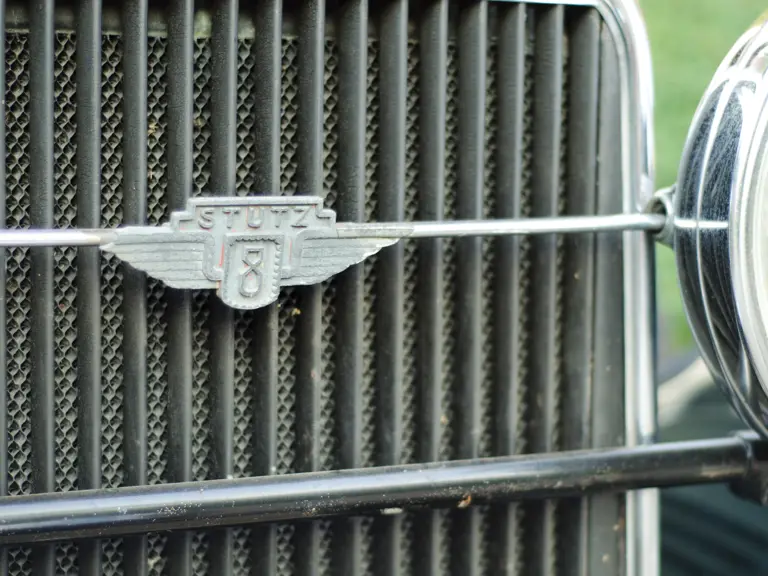
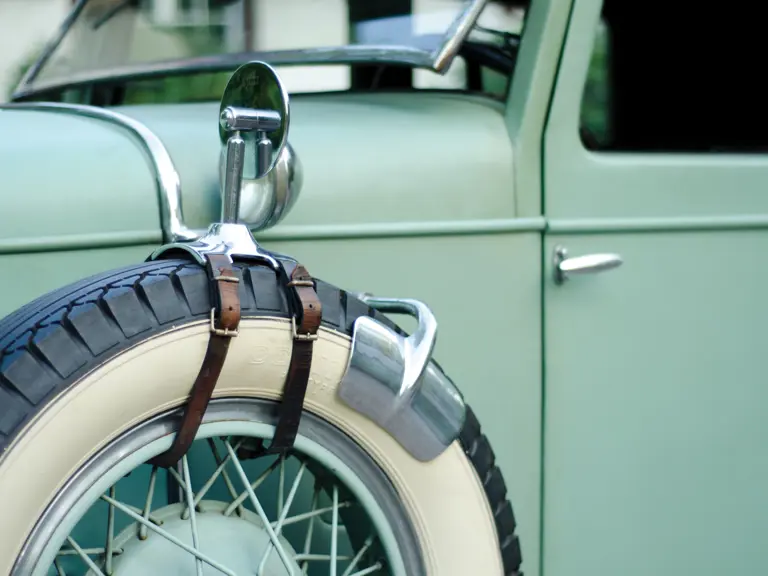
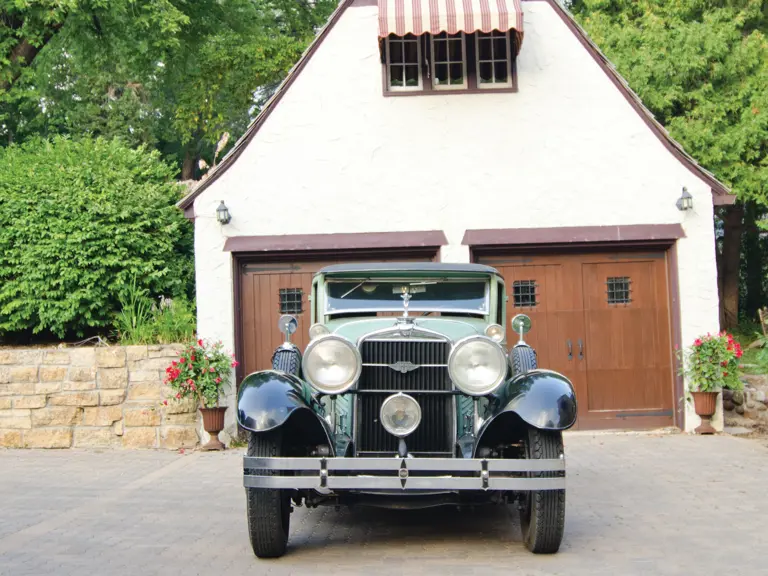
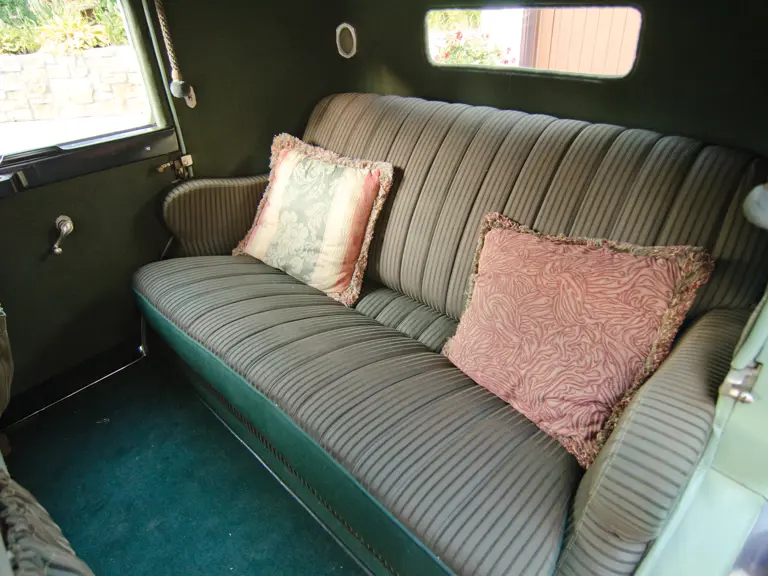


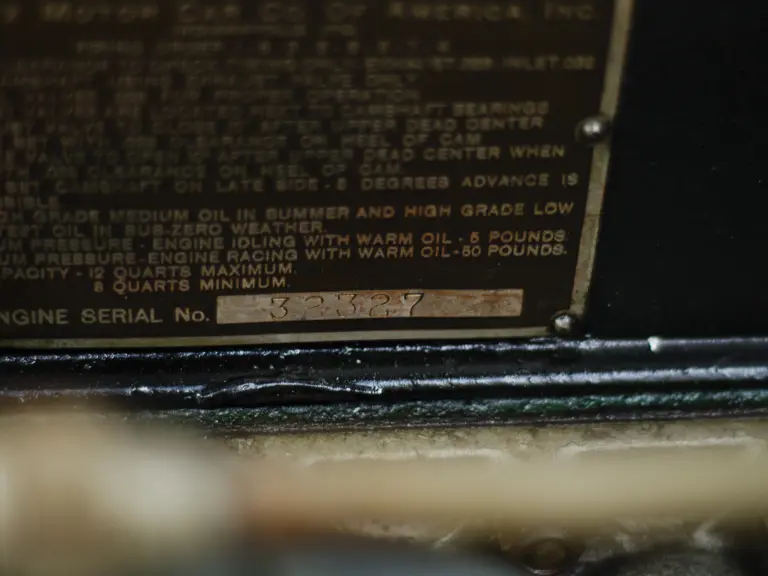
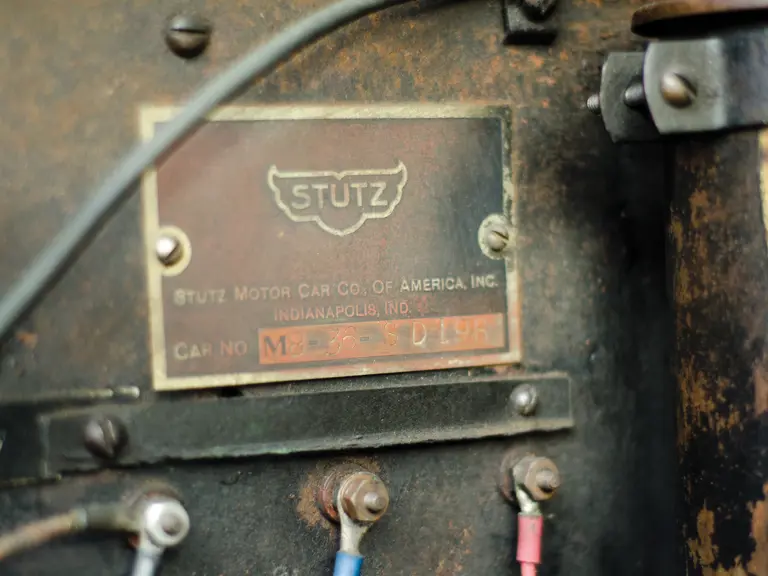
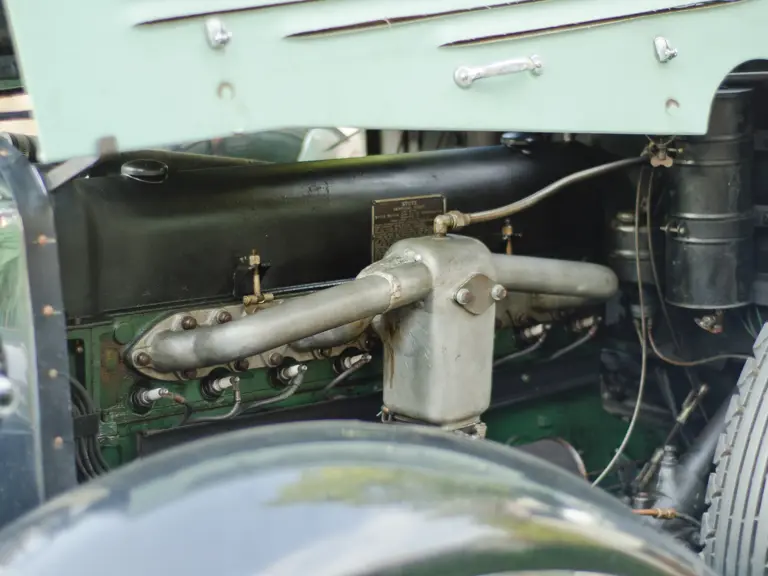
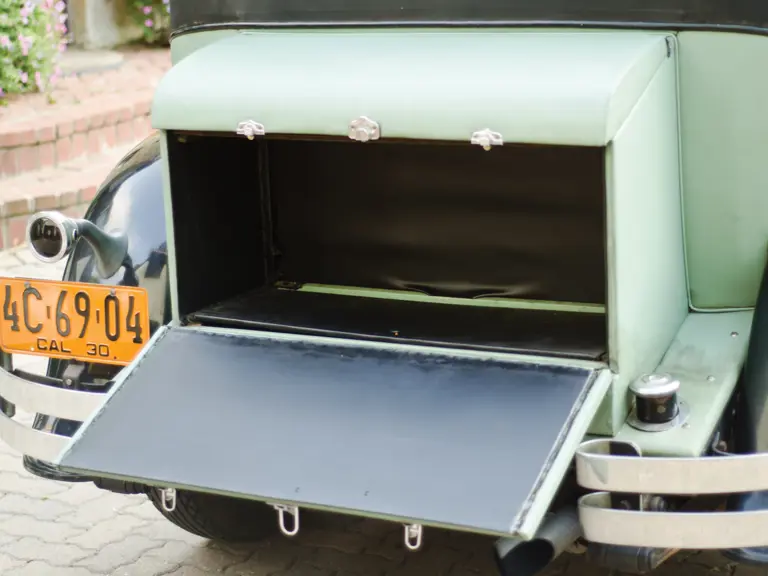
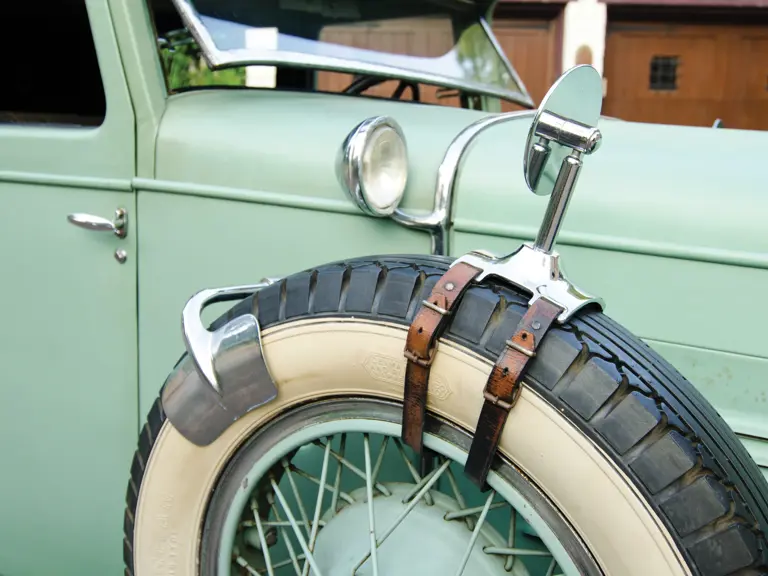
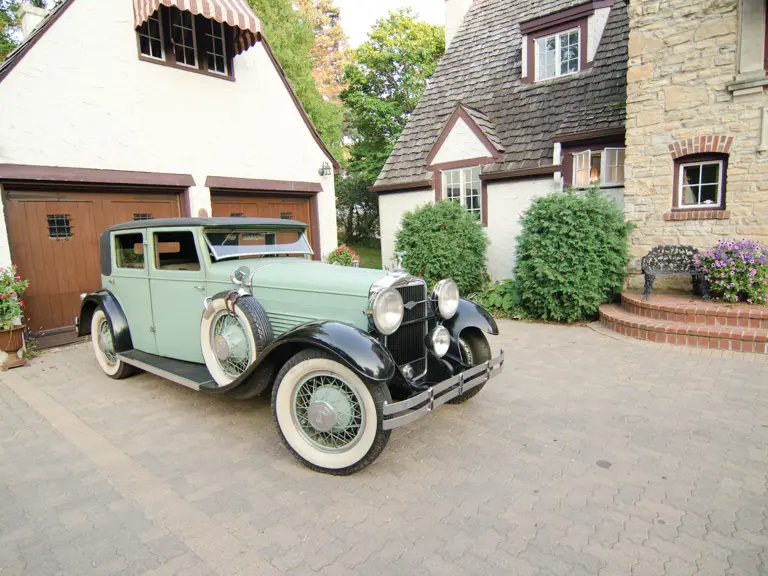
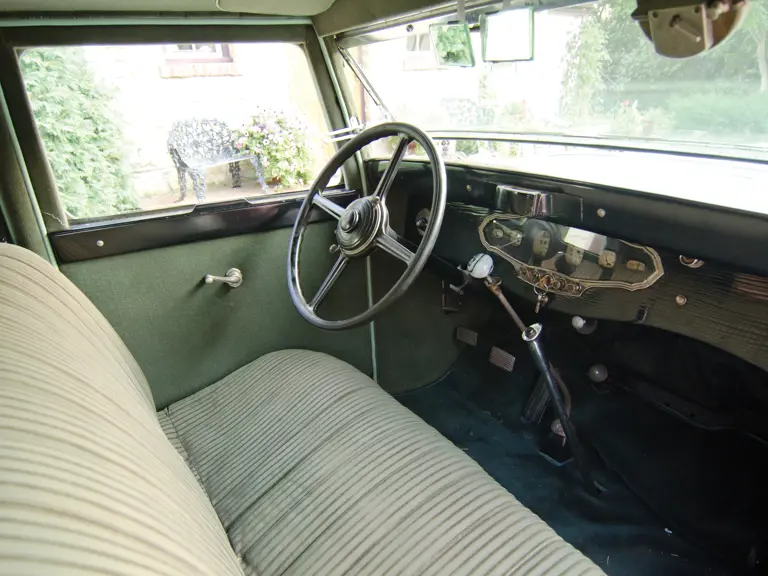
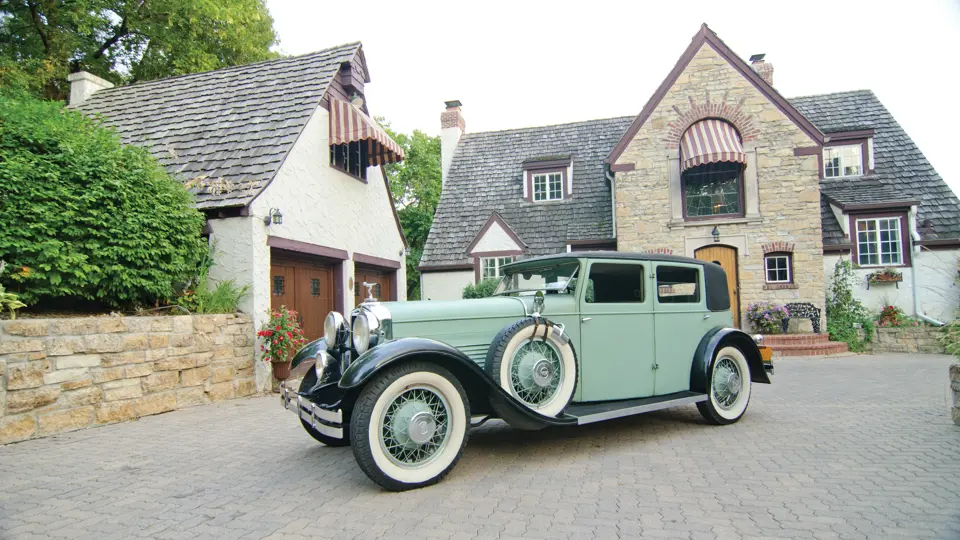
 | Hershey, Pennsylvania
| Hershey, Pennsylvania
